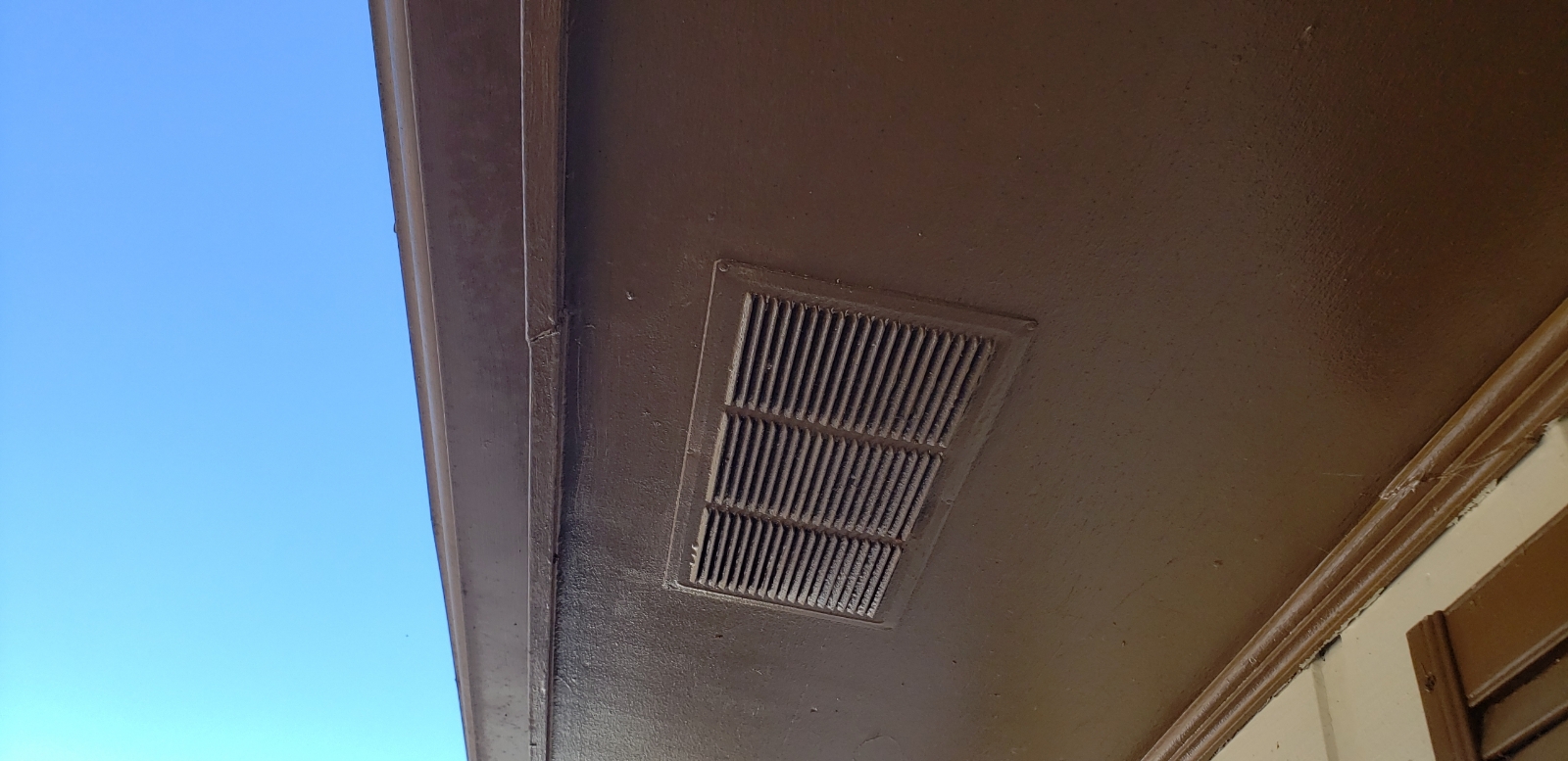Soffit vents should be distributed evenly along the entire length of your roof's eaves (the underside of the roof overhang). This uniform distribution ensures consistent airflow throughout the attic space.

Distance Between Vents
For most residential applications, place soffit vents approximately 4-6 feet apart. This spacing may vary depending on your specific roof design and local building codes, but maintaining consistent intervals prevents uneven ventilation.
Complete Coverage
Install vents on all sides of the home where there are eaves. Many homeowners make the mistake of only installing vents on the front and back, neglecting the sides. Complete perimeter coverage is crucial for proper airflow.
Balanced System Approach
Soffit vents should work in tandem with ridge or gable vents. The key is to create a pathway for air to enter through the soffits and exit through higher vents. This "intake and exhaust" system creates natural convection that pulls fresh air through the entire attic space.
Special Considerations for Proper Installation
- Clearance Requirements: Maintain at least a 2-inch clearance between insulation and soffit vents. Installing baffles or vent chutes can help prevent insulation from blocking the airflow path.
- Avoid Obstructions: Ensure that fascia boards, gutters, or exterior finishing materials don't cover or block the vent openings. Even partially obstructed vents significantly reduce ventilation efficiency.
- Hip Roof Considerations: For hip roofs (which have slopes on all four sides), pay special attention to corners where two eaves meet. These areas often get overlooked but need ventilation as well.
- Climate-Specific Adjustments: In areas with heavy snow, consider installing additional soffit vents to compensate for periods when snow might block some of the openings. In extremely hot climates, you might benefit from slightly closer vent spacing.
Proper soffit vent installation isn't just about cutting holes—it's about creating a balanced ventilation system that protects your home from moisture damage and improves energy efficiency. Whether you're a contractor, homeowner, or DIY enthusiast, understanding the strategic placement of soffit vents is essential.



2 comments
I purchased a house that don’t have ventilation on the soffit
So it would be probably a good idea to put ventilation
Vents
I hired a construction company to put in vents under our eves they installed circled ones are they just as good as rectangular one’s?